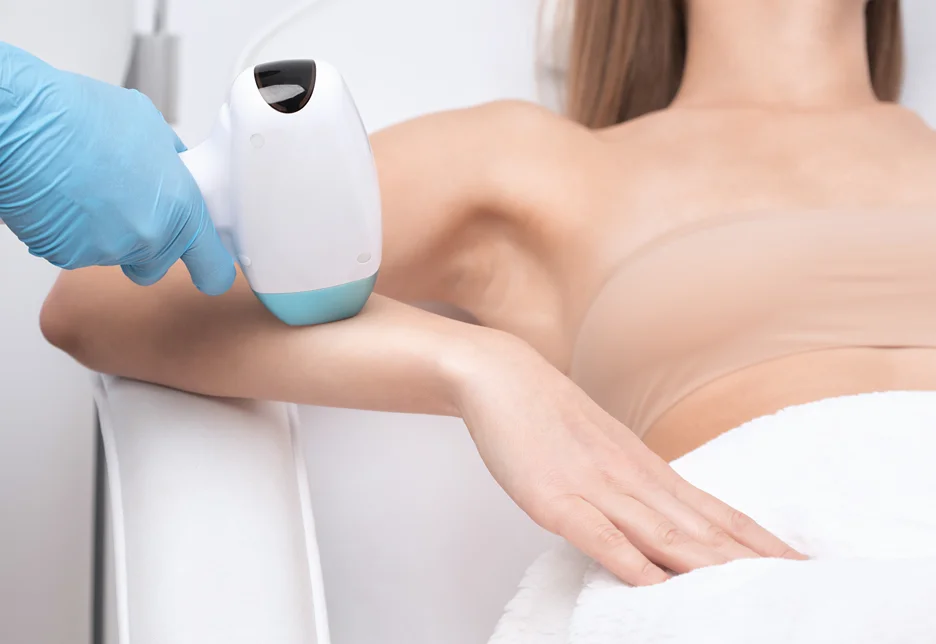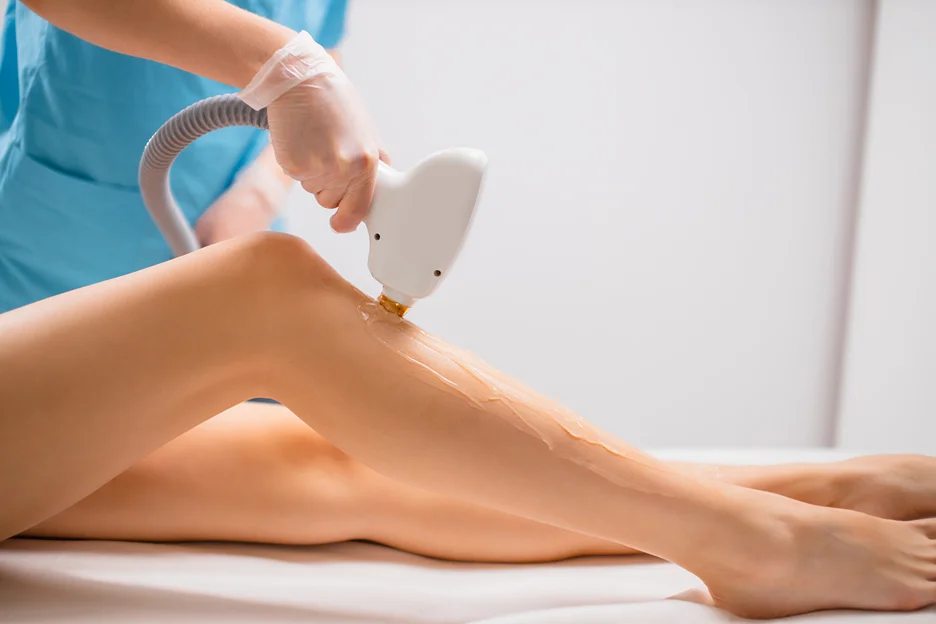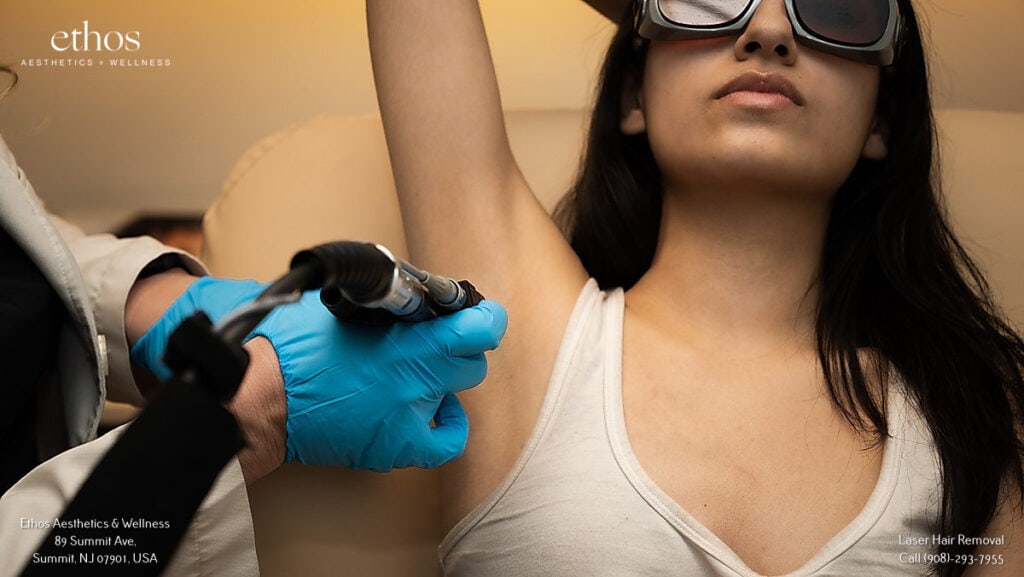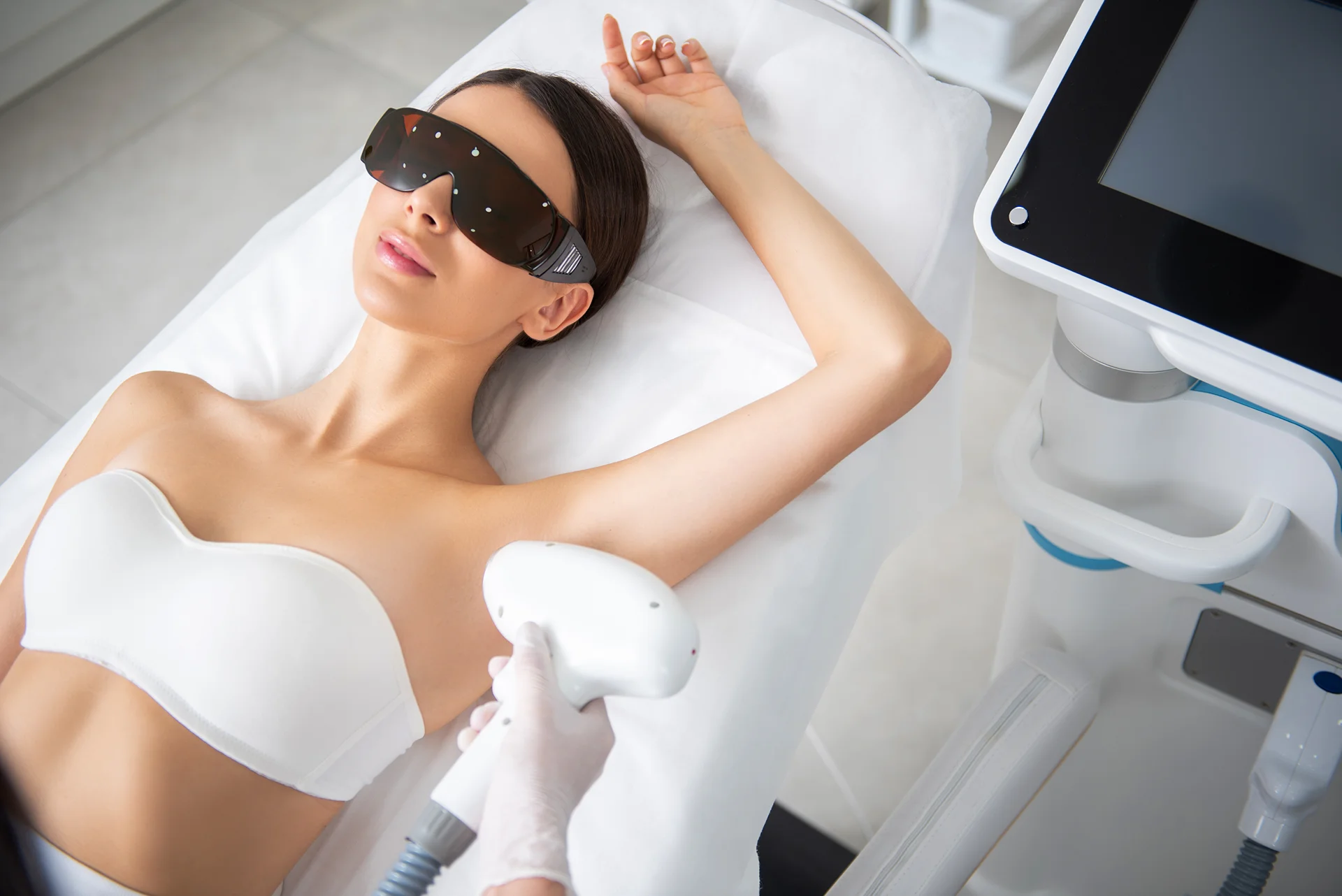A Comprehensive Guide to Understanding and Managing Post-treatment Swelling
Laser hair removal is one of the most effective methods for getting rid of unwanted hair. During treatment, a laser targets and damages the hair follicle to prevent future hair growth.
While laser hair removal offers many benefits over shaving, waxing, and other hair removal methods, some temporary side effects can occur. One of the most common is swelling around the treatment area.
At Ethos Aesthetics + Wellness, Dr. Soni and our skilled team of professionals aim to provide our clients with the safest, most effective customized aesthetic procedures. We utilize the latest advances in non-invasive cosmetic treatments and technologies within a peaceful, luxurious environment.
If you’re considering laser hair removal, it’s important to understand why swelling occurs and how to find relief if you experience it. This comprehensive guide covers everything you need to know.
What Causes Swelling After Laser Hair Removal?

Swelling is a common temporary side effect after laser hair removal treatments. The laser targets the melanin pigment in each hair follicle. Melanin absorbs the laser energy, which heats up and damages the follicle.
This process can cause inflammation and swelling around the hair follicle. The swelling is a sign that the laser energy was effectively delivered to disable the follicle.
More generally, mild redness and swelling are normal short-term reactions as the treated skin goes through the healing process after laser exposure.
Swelling may look like a mild sunburn around each hair follicle. It usually lasts 1-3 days after treatment before subsiding.
While uncomfortable, minor swelling is nothing to be alarmed about. It’s actually an indicator that your hair follicles received enough laser energy to prevent future growth.
You may experience more pronounced swelling after laser treatment on delicate areas like the face, underarms, chest, and bikini line, but it normally goes away within a day.
How Long Does Swelling Last After Laser Hair Removal?
Most patients see laser hair removal swelling subside within 1-3 days after treatment. Here’s a general timeline:
| Day | Description |
| 1 | Swelling peaks on the first day. Each hair follicle may be raised and look swollen. |
| 2 | The swelling should start going down and appear less pronounced. |
| 3 | Treated areas appear less swollen, red, and irritated. |
| 5 | Any remaining swelling should be minimal by this point. |
While swelling typically resolves within 72 hours, the treated skin may remain slightly pink for up to a week after laser exposure.
If swelling persists longer than 5 days or seems to be getting worse, contact your provider’s office. You may need a mild steroid cream or antihistamine to aid healing.
Experience Rapid Recovery with Ethos Aesthetics + Wellness – Schedule Your Laser Hair Removal Session Today!
Swelling on the Face After Laser Hair Removal
Many people get laser hair removal on their upper lip, chin, cheeks, and other facial areas. The face tends to swell more noticeable than other parts of the body post-treatment.
The facial skin is very delicate and sensitive. Laser exposure causes more of an inflammatory reaction. There are lots of blood vessels and lymphatic drainage pathways in the face. Inflammation can spread easier.
Any amount of facial swelling looks more pronounced simply because the face is constantly visible. Hormonal fluctuations in women may make facial swelling worse at certain times of the month.
The good news is facial swelling after laser hair removal remains moderate and temporary. Here are some tips to relieve it:
- Use ice packs on the face for 10-15 minutes a few times a day.
- Sleep slightly elevated on a few pillows to reduce gravitational swelling.
- Take an antihistamine by mouth to reduce swelling and itching.
- Avoid very hot showers, saunas, or anything that heats up your face.
- Stick to a gentle skin care routine while healing.
- Wear minimal makeup until any redness resolves.
- Contact your provider if facial swelling concerns you for any reason.
Swelling After Laser Hair Removal in the Bikini Area
It’s common to have laser hair removal performed on the pubic area and bikini line to achieve smooth results without razor burn or ingrown hairs. But the bikini area can be prone to swelling after treatment.
The pubic region and inner thighs have lots of hair follicles in a dense area, so there’s more inflammation. Bikini area skin is thin and delicate. Laser energy can irritate it more.
Tight clothing rubbing against treated skin delays healing. Hormonal changes around a woman’s menstrual cycle can worsen swelling.
To minimize bikini line swelling:
- Apply ice packs wrapped in paper towels for 15 minute intervals.
- Use a hydrocortisone cream to reduce itching and puffiness.
- Wear loose cotton underwear and clothing while healing.
- Avoid exercise, friction, and sweat until swelling resides.
- Examine the area to ensure no infection is present.
- Contact your provider if you have any concerns about the swelling.
Say Goodbye to Bikini Area Swelling with Ethos Aesthetics + Wellness – Reserve Your Treatment for Confidence and Comfort!
Other Effective Post-Treatment Care Routine

Caring for your skin properly after laser hair removal is important to minimize side effects like swelling while optimizing results. Here are some best practices:
- Avoid anything that heats or irritates the treated skin.
- Cleanse gently with a mild, fragrance-free cleanser and lukewarm water. Avoid rubbing or scrubbing.
- Moisturize lightly with a fragrance-free lotion once any irritation subsides to keep the area hydrated.
- Avoid sun exposure and use SPF 30+ if you’ll be in the sun.
- No picking, scratching, or hair removal methods until the area fully heals.
- Wait 4-6 weeks between laser sessions for the best results. Follow your technician’s recommendations.
Effective Topical Treatments To Reduce Swelling
While swelling should resolve on its own within a few days, these topical remedies can provide relief:
Ice packs or cold compresses
Applying ice is the most effective way to constrict blood vessels and reduce inflammation. Wrap ice packs in paper towels and apply to the swollen area for 10-15 minutes a few times a day.
Hydrocortisone cream
Over-the-counter hydrocortisone creams containing 1% hydrocortisone help minimize redness, swelling, and itching. This mild corticosteroid helps control inflammation. Use no more than 3-4 times daily as directed.
Aloe vera gel
The cooling, soothing properties of aloe vera make it effective for treating swollen, irritated skin. Gently apply pure aloe vera gel to the affected area several times a day until symptoms subside.
Anti-itch creams
Over-the-counter anti-itch creams like Sarna or Benadryl Itch Relief Stick can temporarily numb irritation and swelling if your skin is very uncomfortable. Use sparingly per label instructions.
Restorative skin gels
Prescription products like Restoraderm gel or Lux MD soothe and calm inflammation while helping repair damaged skin after aesthetic procedures. Ask your provider about obtaining these specialized post-treatment gels.
Baking soda paste
Make a paste with baking soda and water and apply it to swollen bumps. Let it dry and rinse it off after 10-15 minutes. Baking soda reduces itching and inflammation.
Witch hazel
The astringent properties of witch hazel can help reduce swelling and itching. Soak a cotton ball and gently apply it to affected areas in the morning and evening.
Cucumber slices
Placing cool cucumber slices over swollen skin can aid healing thanks to cucumber’s anti-inflammatory nutrients like vitamin C and caffeic acid.
Oatmeal baths
Colloidal oatmeal has skin-soothing benefits to calm irritation. Add a cup of oats to lukewarm bath water and soak affected areas to provide relief.
Remember to use topical treatments sparingly and discontinue use if irritation occurs. Check with your provider before using any product on damaged skin.
When To Seek Medical Care for Post-Treatment Swelling
You should consult your dermatologist or laser hair removal provider if:
| 1 | Swelling fails to start improving 72 hours after treatment |
| 2 | The swollen area seems to be getting more inflamed or larger |
| 3 | Swelling is accompanied by moderate to severe pain |
| 4 | Swelling prevents normal movement or activities |
| 5 | Swelling is severe or widespread |
| 6 | Symptoms like warmth, redness, and pain point to an infection |
| 7 | Any signs of an allergic reaction are present |
| 8 | Swelling is impacting the eyes or airway |
Your provider can properly assess if your symptoms are normal or require intervention. Post-treatment swelling past 3-5 days often needs medication like oral steroids or antibiotics to resolve. It’s important not to neglect worsening swelling.
Trust Your Skin’s Health to Ethos Aesthetics + Wellness – Consult with Our Experts for Peace of Mind!
The Takeaway

Mild swelling and redness around the hair follicles is a common temporary reaction after laser hair removal treatments. It signals the laser is effectively disabling the follicles but requires some downtime as your skin recovers.
At Ethos Aesthetics + Wellness, Dr. Soni uses advanced laser technology to safely perform precision hair removal with minimal side effects. Book a consultation to learn more about our services. Within our peaceful, luxurious environment, we provide the safest, most effective customized aesthetic procedures to help you look and feel your best.







